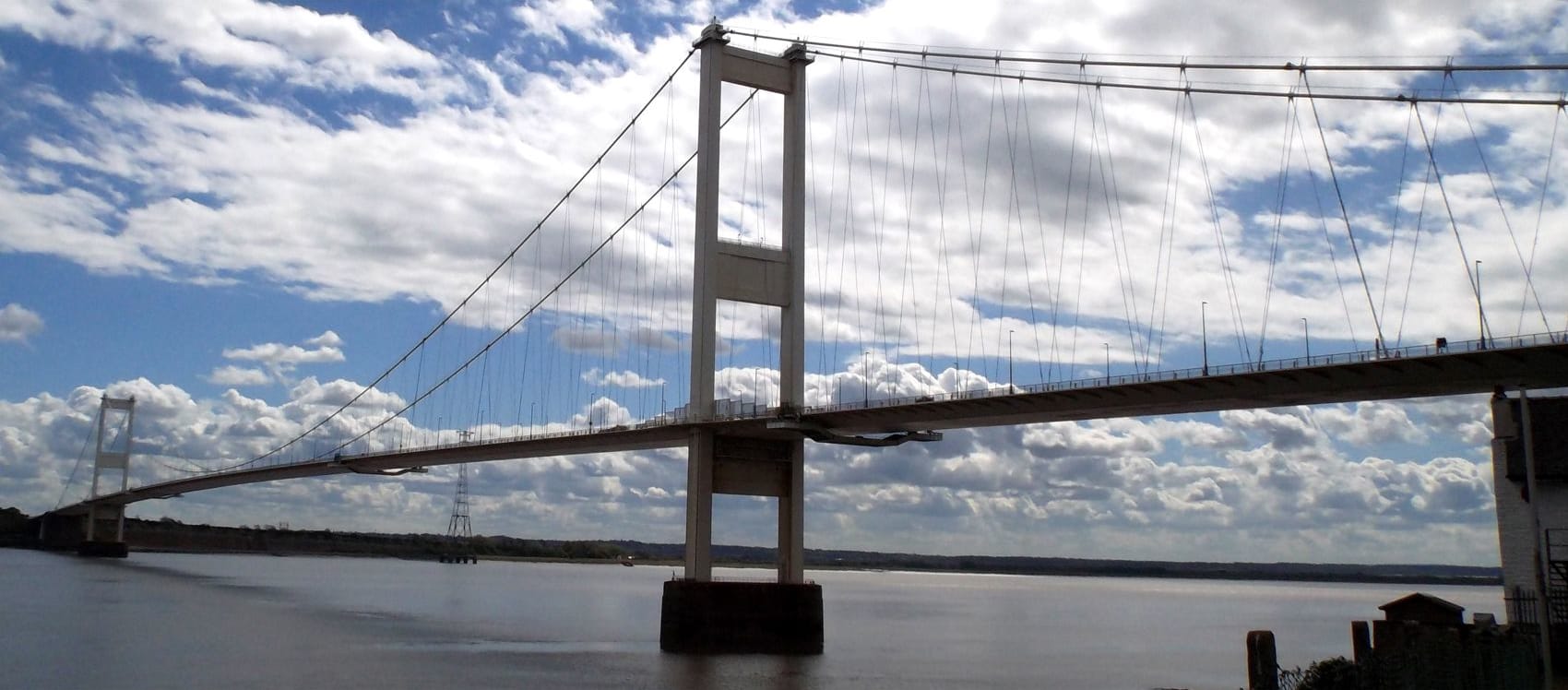
In 2010 the government decided not to proceed with any of the four schemes (shortlisted from 11 original barrage/ lagoon proposals) presented. The basis was uncertainty of success and the high costs involved. Any of these would have led to the migratory fish that run the rivers Severn, Wye and Usk becoming extinct within five years.

They did not, however, rule out privately-funded schemes provided they demonstrated “… strong evidence of value for money, economic benefits, energy saving and environmental impact mitigation.” The challenge was initially taken up by the Hafren Power Consortium, fronted by former shadow Welsh Secretary, Peter Hain, who revived one of the 2010 proposals … a Cardiff to Weston barrage.
In September 2013 the Energy and Climate Change Committee and the Government concluded that “… the Hafren Power proposal for a Severn barrage does not demonstrate that it could deliver the benefits it claims it would achieve” and that the European Habitats Directive would not be honoured if it went ahead (click here for the full report).
The prospect of the barrage seems to have faded once more. However, with an ever-increasing need to generate renewable energy, it may reappear in the future.
Further down the estuary a scheme to create energy via a Tidal Lagoon in Swansea Bay has gone through some stages of development. The principle here is that a huge reservoir (lagoon) is allowed to fill up with the tide and discharge after it has gone out. Generation can take place on both incoming and outgoing tides.
Highly protected fish species will suffer high mortality rates due to the turbines.
However, fundamental problems remain. Huge costs, uncertainty of outcome and for us, entrainment of fish both inwards and outwards. Many highly protected species will suffer huge mortalities simply from the pressure changes and that’s before they meet the massive turbines. There is a strong possibility that increased predation from marine mammals, fish and birds will add to the problem.
It is highly likely that salmon, sea trout, shad, lamprey and eels would be affected as they tend to push into any source of fresh water on their journey up the estuary.
Putting the environmental aspects aside, tidal lagoon power is also one of the most expensive way of generating electricity.
Worryingly, there are designs on the Severn Estuary where the same developers (Tidal Lagoon Power Plc) are looking at a lagoon for the Cardiff Bay area. What developers fail to understand is that they need to design a system that does not kill fish – salmon, shad, eels and lamprey in particular. That is, while the current EU habitats Directive remains in force.
The Foundation fully supports the development of ‘low carbon’ generation schemes and we have met representatives of Tidal Lagoon Power to hear their proposals.
However, our concerns have not been allayed. All the Severn Estuary schemes would cause significant environmental and other damage. It would also be one of the most expensive producers of electricity, meaning that less energy would be produced for a given investment.
A tidal lagoon would cause significant environmental damage while being one of the most expensive producers of electricity.
But there are other issues too. Essentially, any project that proposes to impound water in the Severn Estuary is likely to have significant issues with sediment build up. It could also interfere with navigation, coastal erosion and possibly flooding. All this while producing electricity for only part of the time (typical estimate for Swansea Bay Lagoon 14 out of 24 hours).
The danger is that the negative sides of Tidal Lagoon projects are washed away by a wave of PR from those with a vested interest in the project. Already, we have seen members of the Welsh rugby team and other celebrities involved in publicity stunts backing the lagoons, without necessarily bringing any special knowledge to bear. The scheme is awaiting the outcome of an application for a marine licence.

The Foundation would prefer to see energy produced from off shore wind or “Tidal Range” schemes. The latter require no lagoon or barrier and although producing less power, it would be for a much longer proportion of the day. The likelihood of damage to fish is much less likely and there are less demands on infrastructure such as changes to the National Grid.
An example of this type of project is this from Keplar Energy.
“The Role of Tidal Lagoons”, final report Charles Hendry, December 2016.
Share this page
The Wye and Usk Foundation
The Right Bank, The Square
Talgarth
Brecon
LD3 0BW
The Wye & Usk Foundation is a charity registered in England and Wales (no. 1080319).